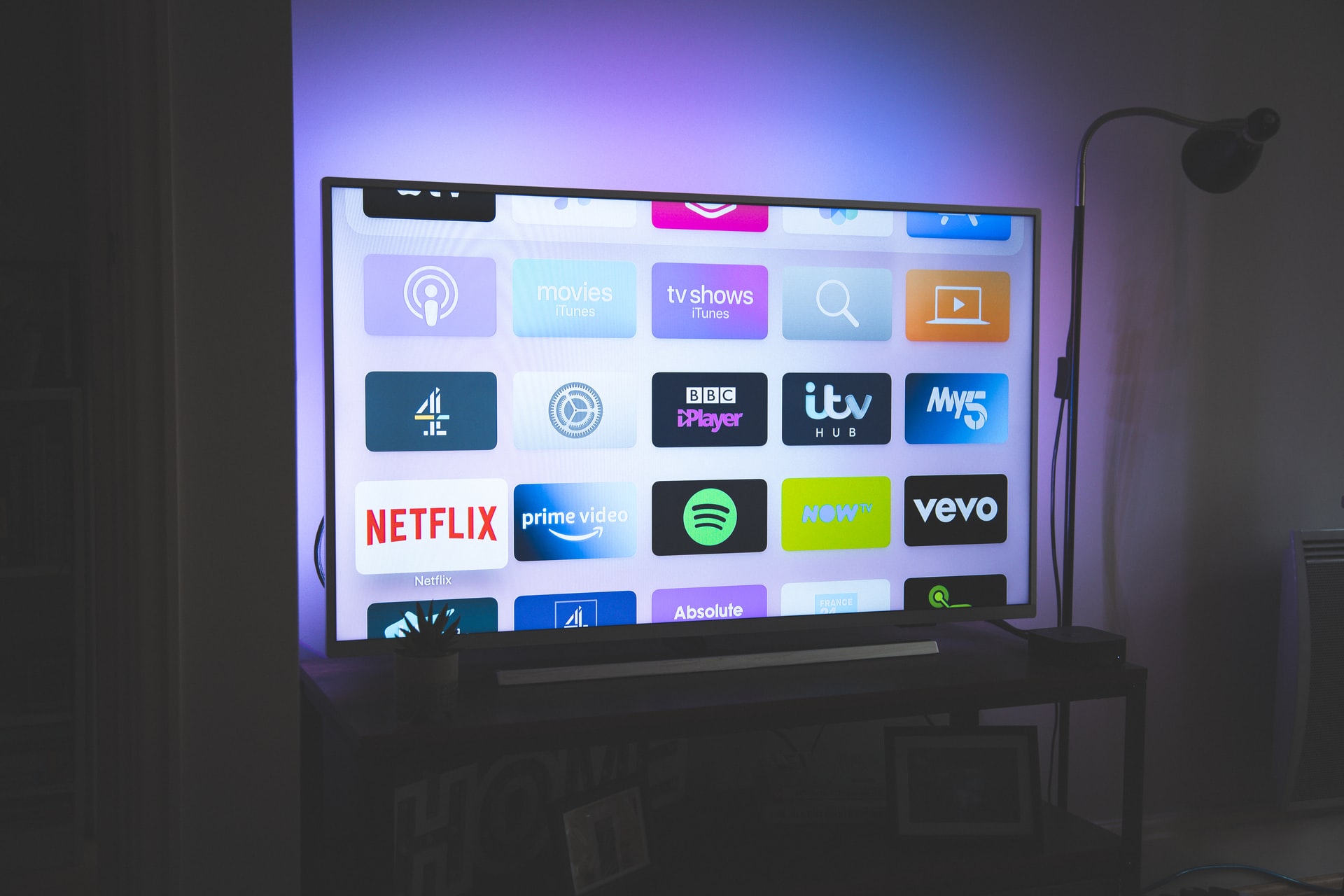Television Shows May Appear More Diverse, But Representation Still Lacks Quality
A new report from media research group Nielsen reveals that visibility is only one layer in the diversity and inclusion problems plaguing an evolving Hollywood.

Hollywood and the entertainment industry still have work to do when it comes to cultivating a more diverse and inclusive environment on and off the screen.
Character portrayals across identity and sexuality groups have improved, but in Nielsen’s latest report “Being Seen on Screen: Diverse Representation & Inclusion on TV,” the global TV ratings and media research group discloses another factor that weighs critically on the importance of diversity, equity and inclusion in the television industry — the quality of the representation.
Listen: Nielsen’s Stacie M. de Armas discuss the intersection of quality visibility, representation and inclusive narratives in media:
At the core of Nielsen’s report is an analytic assessment from the talent’s perspective. Going beyond the surface of character portrayals, Nielsen sought to understand who is being cast on screen, how that visibility folds into the importance of representation and who’s consuming the content. The study unfolds the distinction between having a presence on screen and representation; the two are not one and the same.

“Presence isn’t the same as quality,” says Stacie M. de Armas, Nielsen’s senior vice president for diverse consumer insights. “A show can have a diverse cast and storylines, but if it’s not being consumed by the audience of that same group, then (what does that) say about the representation for that particular group? Visibility is just one layer. What we really need to take a look at is quality and authenticity. Those married with visibility are what give you good representation.”
Major takeaways from Nielsen’s “Being Seen on Screen” report:
- Across the TV landscape, among the top 300 most viewed programs in 2019 (broadcast, cable and streaming), 92% of all programs measured have some presence of diversity (women, people of color or LGBTQ+ characters) in their recurring cast
- Women make up 52% of our population yet they only have 38% share of screen
- Streaming and broadcast are among the most inclusive sources for representation of people of color
- View the full report »
And good representation, according to de Armas, contributes to one’s ability to see the possibility of who they can become.
“Who we see on TV is very important but the context in which we see those people is equally important,” she says. “This really gives us permission, for many members of society, of who we can dream to be.”
She adds, “Essentially there are themes that run alongside content, so that we can understand when there is a high presence of specific identity groups and what types of themes is that high presence associated with. This helps us understand the context in which the character is presented – whether or not it’s stereotypical and how perhaps there’s opportunity for growth.”
Related: Pop Culture Gets Mental Illness Wrong. Here’s How to Shift the Narrative.
Trusted, accurate, up-to-date
WDET is here to keep you informed on essential information, news and resources related to COVID-19.
This is a stressful, insecure time for many. So it’s more important than ever for you, our listeners and readers, who are able to donate to keep supporting WDET’s mission. Please make a gift today.

